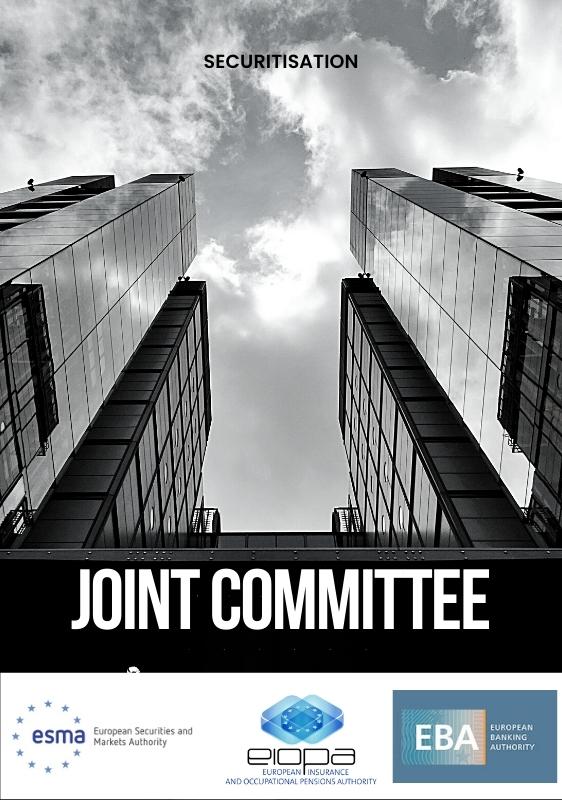On Friday, the Joint Committee of the ESAs, representing the European Banking Authority (EBA), the European Insurance and Occupational Pensions Authority (EIOPA) and the European Securities and Markets Authority (ESMA) released a ‘statement clarifying securitisation disclosure requirements and consolidated application of securitisation rules for credit institutions’. This statement represents the latest step by European institutions to deal with two substantial problems with the introduction of the new securitisation regime.
Both issues are highly technical but very serious for a number of market participants.
The first issue relates to the disclosure requirements for all European securitisations. The extent of the disclosure was meant to be set out in a regulatory technical standard drafted by ESMA. A few months ago, ESMA caused dismay in the markets when it released the final draft of a technical standard that deviated substantially from the proposal put forward for consultation. Amongst other things, this final draft contained a requirement for private transactions (including ABCP conduits) to provide the same disclosure as required of public deals. This novel and, in PCS’ view, unwarranted requirement would have been near impossible to meet by January 1st, when the rules would have come into force. This in turn would, in all likelihood, have led to the closure of all European asset-backed conduits by the year-end. (There were other technical issues too with the final draft standard). Bearing in mind the dire consequences of applying this technical standard, it would appear that the Commission has postponed its implementation pending possible review. However, in the absence of such technical standard the STS Regulation provides that originators will need, as of January 1st, to disclose according to a older standard, set out in the Credit Rating Agency (CRA) Regulation. For complex technical reasons, a number of market participants will also find this near impossible to comply with.
The second issue involves a drafting mistake in the Capital Requirements Regulation. This admitted mistake would require non-European subsidiaries of European banks involved in non-European securitisations to comply fully with the European securitisation requirements in respect of these securitisation – even though they took place entirely offshore and were never sold to any European investors. This is not only unnecessary but, in some cases, is probably impossible as it might require the non–European subsidiaries to violate the laws of local host jurisdictions.
The Joint Committee’s statement issued last Friday is basically an invitation to national competent authorities that regulate securitisation originators not to enforce the law. It is somewhat similar to the “no-action letters” those used to the United States’ capital markets know well. However, there are a number of key differences.
First, as the statement acknowledges, the Joint Committee has no power (in contradistinction from, e.g the US SEC) to issue binding commitments not to enforce legal provisions. Secondly, neither the Joint Committee nor its component elements (EBA, EIOPA and ESMA) are regulators. So the statement does not commit those regulatory authorities that will actually have to enforce those rules (such as the AMF and ACPR in France or the BAFIN in Germany). Finally, the statement does not suggest a blanket non-enforcement but a case by case analysis based on risk.
Whether this statement will be enough to allow those originators who would otherwise have struggled to meet the requirements to issue in the new year will turn, it would appear, on the answers to two questions. First, will banks be willing technically to break the law on the strength of a non-binding promise? In part, the answer may depend on whether individual national regulators are prepared publicly to endorse the statement of the Joint Committee. Secondly, since the statement invites a case by case analysis, will national competent authorities be prepared to engage before issuance with originators to provide a reasonable level of comfort?
Although PCS remains optimistic about the new STS regime, such regulatory wobbles are inauspicious. We fear that this may not be the last of such wobbles and we strongly urge European authorities reflect deeply on the wisdom of any further shocks to the securitisation market.
The post Regulatory wobbles in the introduction of the new securitisation regime appeared first on Prime Collateralised Securities.

Created by Proformat